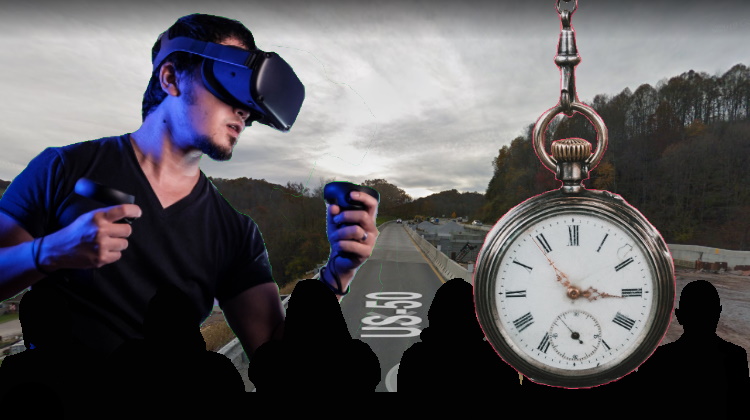
Information on the internet today is arranged three-dimensionally, much like the information in a library.
In a library, you look up the location of a particular book with the information you need. You go to that location and find the book, then you open the book and find the page with the information you need.
The internet works similarly. You use a search engine to look up the website with the information you need. Then you go to the website and find the page and information you need.
If I could change the information retrieval paradigm of the internet, I would make it four-dimensional (4D). In a 4D internet, information would be sorted by both time and space. Instead of creating web “pages,” content creators would create web “experiences.” (maybe instead of hypertext markup language [HTML], we would use experience markup language [XPML])
Imagine a presentation recorded at a lecture hall in Vancouver at 3PM on January 23, 2016. In our current 3D internet, you would find the website of the presentation organizers or the lecture hall, then search through its pages to find the archived video recording. In the 4D internet that I’m envisioning, I would go to the internet address of the Vancouver lecture hall, then surf the time dimension back to 3PM on January 23, 2016. There, I would find all of the content created for that specific time and place.
Taking the concept of a 4D internet a step further, the internet experience should be that of an immersive 3D virtual world. Perhaps instead of computer screens, you would experience the internet by stepping into small domed rooms with the internet projected around you. Or the same thing could be accomplished with a virtual reality headset. Watching a recorded lecture would not only include the official video recording of the event, but also amateur video taken by members of the audience, photographs, and writeups about the event. All content would be timestamped so that it can show up at the correct time. Imagine watching a previously recorded concert with audience-created content appearing on the peripheral areas as they happen during the concert. And after the concert, you can view the reviews and writeups about the concert chronologically as they were published.
Google Street View is set up with a similar idea. You can explore the content of Street View spatially by browsing maps of satellite imagery. Within the 3D street views, you can click on links of restaurants and landmarks to browse further information. The only thing Street View lacks is timestamps and the ability to browse across different time periods of data. Wouldn’t it be cool if you could see your street on Street View, then turn back the clock to see what it looked like ten years ago?
Another similar concept that is already implemented is the Wayback Machine. This site lets you view websites as they appeared at different times in the past. For example, here is what Amazon.com looked like on October 13, 1999. How about the Apple Computer website back in 1997, years before the iPod and iPhone breathed new life into the company? Or CNN.com on September 11, 2001?
As you can see, adding the dimension of time to the internet has a lot of intriguing applications. The best thing about this idea is that you don’t have to create a new version of the internet to start implementing ideas with this concept. As you saw above with the Google Street View and Wayback Machine examples, you can use the current internet and create 4D apps and websites for it. Just think about what you can do with your data if you timestamped it and kept all of your historical data, then allowed users to browse into the past.
Leave a Reply